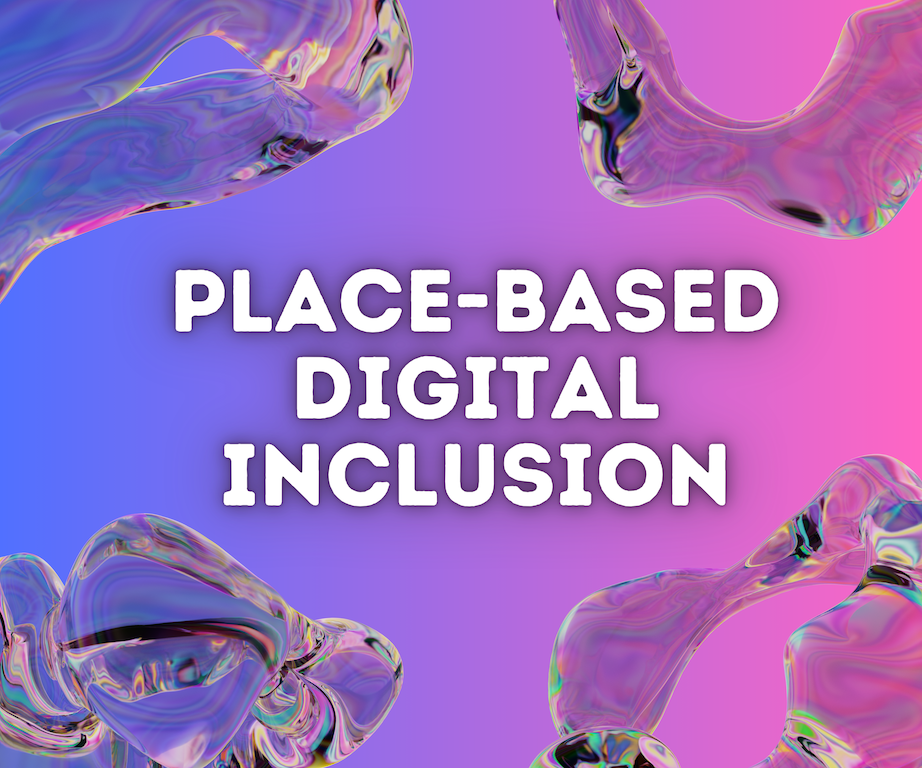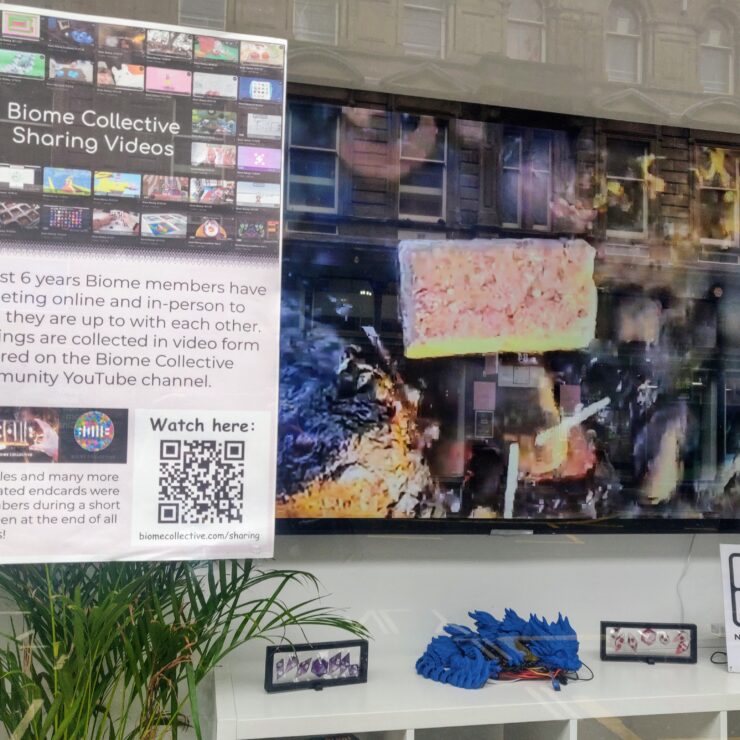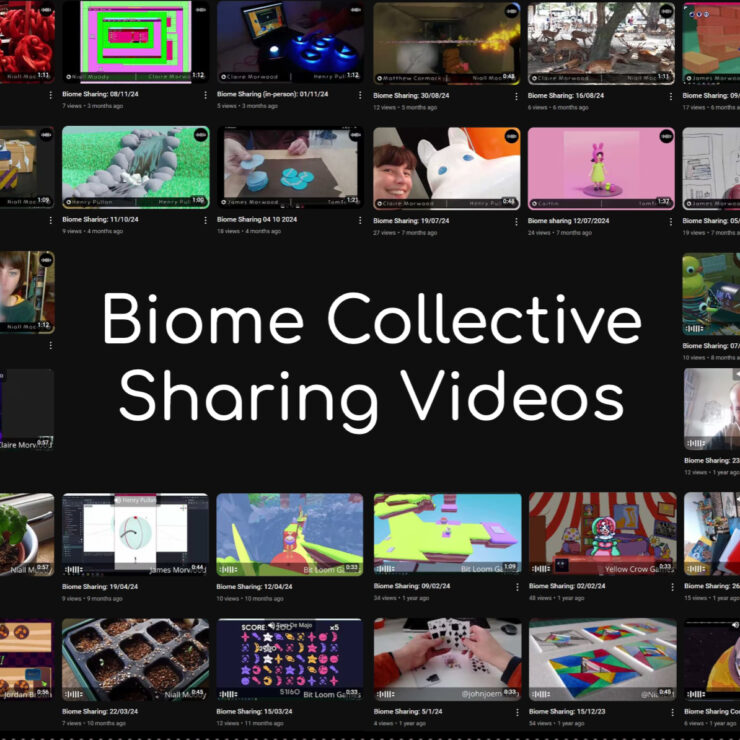Empowering Women in the Digital World
Place-based Digital Inclusion: Empowering Women in the Digital World

With the digital age rapidly evolving, the concept of digital inclusion has gained prominence, highlighting the importance of equitable access to technology and its benefits for everyone. A place-based approach to digital inclusion emphasises the importance of tailoring interventions to local communities.
NEoN Digital Arts has been asked by the Scottish Council for Voluntary Organisations (SCVO) to lead a consortium of like-minded groups and organisations to look at and devise a project on tackling digital inclusion. NEoN wants to look at this through the lens of Dundee’s women and how digital exclusion affects them.
In many areas of life, women and people who identify as female experience high levels of digital exclusion, perpetuating existing gender inequality. Without digital skills and access, women can’t get healthcare, education, work, or financial independence. 19% of Scots don’t have the skills they need to get online, and the older you get, the more likely you are to be excluded. People from lower socioeconomic classes, lower education levels, and disabilities are less likely to be online.
Working with SCVO’s Digital Inclusion Development Officer, we’ll look at women’s digital inequalities in Dundee. We aim to create a joint project to address a digital inclusion challenge using a place-based approach and working with local organisations. During our sessions with SCVO, we’ll explore how placed-based digital inclusion impacts women, who often face unique barriers to accessing and using digital technology.
Our first session focused on Dundee’s digital story and what we thought were the barriers. Aside from Dundee’s digital providers, educators and gatekeepers, we also looked at the city’s 5-G expansion, cybersecurity centre at the University Abertay, and eSports arena plans. If not approached with careful consideration of gender dynamics and inclusivity, these developments could potentially contribute to exclusionary practices against women.
For instance, women are underrepresented in STEM fields, including cybersecurity. Cybersecurity protocols and systems often embed gender biases. They are based on assumptions that align with male experiences or behaviours, so they don’t adequately protect women or create additional barriers to their participation.
Due to factors like socioeconomic status or location, women have fewer opportunities to be online. As 5G networks roll out, marginalised communities, including women, will be disproportionately affected by this digital divide. This then limits access to new job opportunities or participation in emerging sectors.
Gaming and eSports have historically been male-dominated, with women facing stereotypes, harassment, and discrimination. In the absence of active action to address and challenge these biases, we will be creating yet another hostile environment for women in this eSports area, discouraging their participation.
After a lot of discussion and post-it notes, we collectively pulled together this statement, or we could call it an aim –
A long-term intersectional approach to a Digital Dundee: Working towards making equitable pathways and opportunities for women, including value-based needs, allowing them to work and play in the digital sector.
Still needs some work. Nevertheless, it encapsulates the essence of digital inclusion, especially for women. In the next session, we’ll delve into this statement, elucidating its implications and exploring its strategies.
Overall, place-based digital inclusion offers a promising framework for advancing equity and empowerment, particularly for women facing digital exclusion. By adopting a long-term intersectional approach and prioritising the specific needs and opportunities within local communities, we can help build a Digital Dundee – a digital society worldwide – where women have equal access, participation, and agency.
If you want to hear more about this project or get involved, please contact us via our contact form.


